#Stavronikita monastery
Explore tagged Tumblr posts
Text
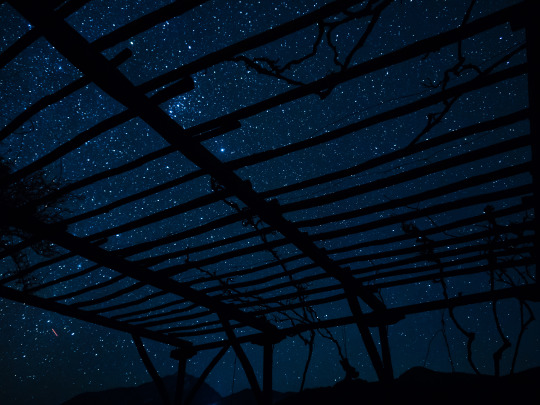
A canopy of stars covering Stavronikita Monastery in Greece // Dimitrios
#astronomy#astrophotography#night sky#stars#star field#beautiful#peaceful#greece#stavronikita monastery#mount athos
562 notes
·
View notes
Photo



“ St. Paisios was born in Cappadocia on July 25, 1924. On August 7th, 1924, saint Paisios was baptized by Saint Arsenio the Cappadocian, who insisted to give him his own name. Five weeks after the baptism of young Arsenios, his family was forced to flee with the general exodus of Greek refugees from Asia Minor. He first visited Mt. Athos in 1949 AD after he completed his time in the army.”
He stayed there until 1958 and went to Panagia Stomiou Monastery; then went to Mt. Sinai in 1962 and finally returned again to Mt. Athos after 2 years; living in Stavronikita Monastery nd stayed 11 years (1968-1979). In 1979 he lived in a cave.
“He was known by his visitors for his gentle manner and acceptance of those who came to receive his advice, counsel, and blessing. He used to sign his letters as “the great sinful monk Paisios” and did not hesitate to describe himself as a “squash” or a “tit” when people included him in the circle of saints, trying to prove to them that the life of a monk and of a good Christian is a constant struggle. “
St. Paisios suffered from many illness nd finally passed away on july 12, 1994.
૮⍝• ᴥ •⍝ა “As health comes from the bitter medicine, so too does the salvation of souls come from bitter experiences.”
૮⍝• ᴥ •⍝ა “What I see around me would drive me insane, if I did not know that no matter what happens, God will have the last word.”
( x x x x x x x)
12 notes
·
View notes
Text
Icon, Saints&Reading: Friday, December 22, 2023
december 9_december 22
THE CONCEPTION BY SAINT ANNA, OF "WHENCE IS CONCEIVED THE HOLY MOTHER OF GOD"
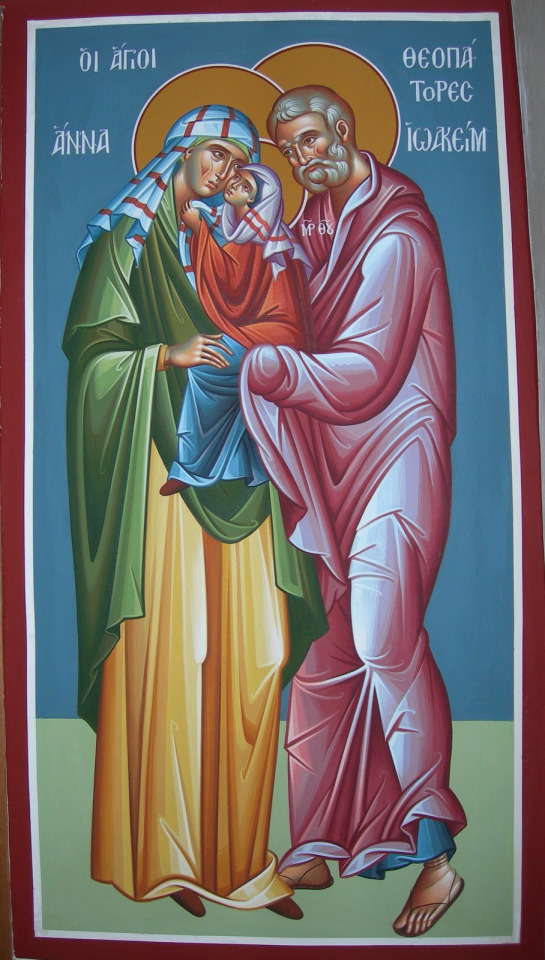
The Gospels and other books of the New Testament do not mention anything about Saint Anna, the mother of the Theotokos. According to Tradition, the priest Matthan (Matthew 1:15), a resident of Bethlehem, had three daughters: Mary(1), Sobe (Sobḗ), and Anna. Mary was married in Bethlehem, where she gave birth to Elizabeth, the mother of Saint John the Baptist.
The Holy Righteous Anna was the youngest daughter of the priest Matthan, who was from the tribe of Levi, of the family of Aaron. Her husband, the Holy Righteous Joachim was from the tribe of Judah, from the house and family of King David. According to the ancient promise, the Messiah was to come from the lineage of King David (Luke 2:4).
The couple lived in Nazareth of Galilee. Every year, they gave two-thirds of their income to the Temple in Jerusalem, and to the poor. By God's Providence, the holy couple had no children until their old age. They were greatly saddened by this, since the Jews considered childlessness a great misfortune and a punishment from God. They prayed fervently for the Lord to give them children.
On a certain feast, when the Israelites were bringing gifts to God in the Temple at Jerusalem, the High Priest, believing that the childless Joachim did not have God's blessing, refused to accept gifts from him. Saint Joachim was grief stricken. He consulted the genealogy of the twelve tribes of Israel and ascertained that all righteous men had offspring, including Abraham, when he was a hundred years old. Without returning home, Saint Joachim went into the wilderness and spent forty days there in strict fasting and prayer, entreating God's mercy for himself, and washing away his disgrace with bitter tears.
Saint Anna thought that she was to blame for their sorrow. One day saw a nest with barely fledged chicks in the branches of a laurel tree, she wept and prayed for the gift of a child, promising to bring the infant to God as an offering. As soon as Saint Anna spoke these words, an Angel of the Lord told her that her prayer had been answered, and revealed that she would have a daughter named Mary, through whom all the peoples of the world would be blessed. Rejoicing, Saint Anna hastened to the Temple in Jerusalem, in order to give thanks to God. She repeated her vow to dedicate the child to Him. An Angel came to Saint Joachim in the wilderness with the same news and commanded him to go to Jerusalem. There, the Righteous Anna conceived and gave birth to the Most Holy Theotokos.
The Orthodox Church does not accept the teaching that the Mother of God was exempted from the consequences of ancestral sin (death, corruption, sin, etc.) at the moment of her conception by virtue of the future merits of her Son. Only Christ was born perfectly holy and sinless, as Saint Ambrose of Milan teaches in Chapter Two of his Commentary on the Gospel of Saint Luke. The Holy Virgin was like everyone else in her mortality, and in being subject to temptation, although she committed no personal sins. She was not a deified creature removed from the rest of humanity. If this were the case, She would not have been truly human, and the nature that Christ took from her would not have been truly human either. If Christ does not truly share our human nature, then the possibility of our salvation is in doubt.
Saint Anna has been honored since ancient times. We infer this from various Fathers of the Church, and also from ancient hymns in honor of the mother of the Theotokos. In the year 550, Emperor Justinian dedicated a temple in Constantinople to Saint Anna.
Part of the Saint's left hand is located in Stavronikita Monastery on Mount Athos. Part of the Saint's incorrupt left foot is located in Saint Anna's Skete on Mount Athos. Part of the Saint's incorrupt right foot is located in the Monastery of Koutloumousiou on Mount Athos.
Fragments of the Saint's Holy Relics are to be found in Saint Anna's Monastery at Lygaria in Lamia, and also in the Monastery of Saint John the Theologian at Sourotis.
Some of the Saint's incorrupt flesh is in the Roman Catholic International Crusaders Collection of Holy Relics. The Saint's wrist is to be found in the Roman Catholic church of Saint Paul "Outside the Walls" in Rome.
Many icons of the Conception by Saint Anna show the Most Holy Theotokos trampling the serpent underfoot. Saints Joachim and Anna are usually depicted with hands folded in prayer; their eyes are also directed upward and they contemplate the Mother of God, who stands in the air with outstretched hands; under her feet is an orb encircled by a serpent (symbolizing the devil), which strives to conquer the universe by its power.”
There are also icons in which Saint Anna holds the Most Holy Virgin on her left arm as an infant. On Saint Anna’s face is a look of reverence. A large ancient icon, painted on canvas, is located in the village of Minkovetsa in the Dubensk district of Volhynia Diocese. From ancient times this Feast was especially venerated by pregnant women in Russia.
1 This Mary is the mother of Saint Anna, and the grandmother of the Theotokos. She is commemorated on the Sunday of the Forefathers.
Source: Orthodox Church in America_OCA
THE ICON OF THE MOTHER OF GOD, NAMED "UNEXPECTED JOY"
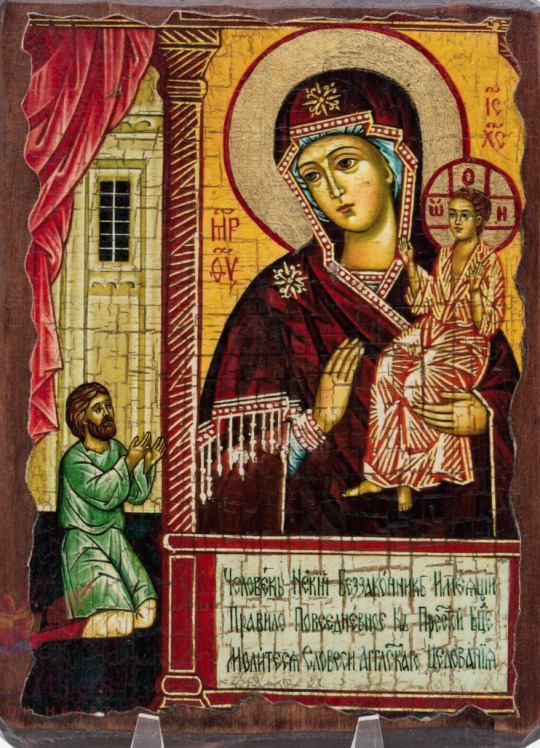
The “Unexpected Joy” Icon of the Most Holy Theotokos is painted in this way: in a room is an icon of the Mother of God, and beneath it, a youth is kneeling in prayer. The tradition of healing some youth from a bodily affliction through this holy icon is recorded in the book of Saint Demetrius of Rostov, The Fleece of Prayer [See Judges 6: 36-40]. The sinful youth, devoted to the Theotokos, prayed one day before the icon of the All-Pure Virgin before committing a sin. Suddenly, he saw that wounds appeared on the Lord’s hands, feet, and side, and blood flowed from them. In horror he exclaimed, “O Lady, who has done this?” The Mother of God replied, “You and other sinners, because of your sins, crucify My Son anew.” Only then did he realize how great was the depth of his sinfulness. For a long time, he prayed with tears to the All-Pure Mother of God and the Savior for mercy. Finally, he received the unexpected joy of the forgiveness of his sins. The most famous miracle-working copy of this icon is kept at the Church of Prophet Elias "Obydennago" in Moscow. This icon was initially kept in the Kremlin church of Sts. Constantine and Helen, at least from the times of Empress Anna Ioannovna (niece of Peter the Great). The church was razed by the communists in 1928, but the icon was spirited away and saved to the Resurrection church in Sokolnikah, Moscow. In 1944, Patriarch Sergei transferred the icon to the church of the Prophet Elias, and Patriarchs Alexei I, Pimen, and Alexei II all would come to quietly and humbly pray in the evenings before this wonderworking icon. May we all gather and pray, "Rejoice, Who bestows upon sinners Unexpected Joy"!
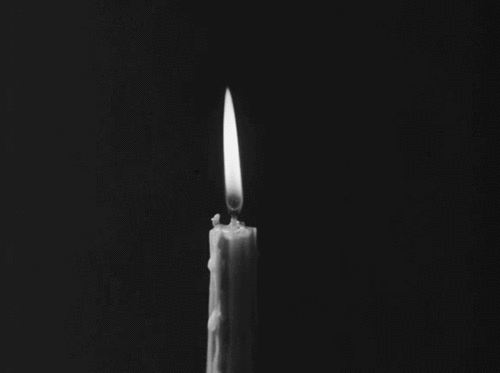

GALATIANS 4:22-31
22 For it is written that Abraham had two sons: the one by a bondwoman, the other by a freewoman. 23 But he who was of the bondwoman was born according to the flesh, and he of the freewoman through promise, 24 which things are symbolic. For these are the two covenants: the one from Mount Sinai which gives birth to bondage, which is Hagar- 25 or this Hagar is Mount Sinai in Arabia, and corresponds to Jerusalem which now is, and is in bondage with her children- 26 but the Jerusalem above is free, which is the mother of us all. 27 For it is written: "Rejoice, O barren, You who do not bear! Break forth and shout, You who are not in labor! For the desolate has many more children Than she who has a husband." 28 Now we, brethren, as Isaac was, are children of promise. 29 But, as he who was born according to the flesh then persecuted him who was born according to the Spirit, even so it is now. 30 Nevertheless what does the Scripture say? "Cast out the bondwoman and her son, for the son of the bondwoman shall not be heir with the son of the freewoman." 31 So then, brethren, we are not children of the bondwoman but of the free.
LUKE 21:37-22:8
37And in the daytime He was teaching in the temple, but at night He went out and stayed on the mountain called Olivet. 38 Then early in the morning all the people came to Him in the temple to hear Him.
1 Now the Feast of Unleavened Bread drew near, which is called Passover. 2 And the chief priests and the scribes sought how they might kill Him, for they feared the people. 3 Then Satan entered Judas, surnamed Iscariot, who was numbered among the twelve. 4 So he went his way and conferred with the chief priests and captains, how he might betray Him to them. 5 And they were glad, and agreed to give him money. 6 So he promised and sought opportunity to betray Him to them in the absence of the multitude. 7 Then came the Day of Unleavened Bread, when the Passover must be killed. 8 And He sent Peter and John, saying, "Go and prepare the Passover for us, that we may eat."
#orthodoxy#orthodoxchristianity#easternorthodoxchurch#originofchristianity#spirituality#holyscriptures#gospel#bible#wisdom#icon#sacredart
2 notes
·
View notes
Text

Holy and Great Thursday. The Apostles receiving Communion. Fresco in Stavronikita Monastery, Mt. Athos. [OrthoChristian.com]
6 notes
·
View notes
Text

Βορειοδυτική άποψη της Ιεράς Μονής Σταυρονικήτα, όπως φαίνεται από τη γειτονική Ιερά Μονή Παντοκράτορος,Άγιο Όρος
Stavronikita Monastery is an Eastern Orthodox monastery at the monastic state of Mount Athos in Greece, dedicated to Saint Nicholas. It is built on top of a rock near the sea near the middle of the eastern shore of the Athonite Peninsula, located between the monasteries of Iviron and Pantokratoros.
#Άγιο Όρος#Ιερά Μονή Σταυρονικήτα#μοναστήρι#Ορθοδοξία#Χριστιανισμός#Stavronikita monastery#Mount Athos#Saint Nicholas#Eastern Orthodox#christianity#coast#rocks#coastal#sea#Aegean sea#Greece
9 notes
·
View notes
Video
Mount Athos, Greece
#Monastery#Holy#Mountain#Agion#Oros#Greece#Inaccessible#Stavronikita#Landscape#Seascape#sea#water#rocks#waves#Monastery of Stavronikita#Mount Athos
60 notes
·
View notes
Photo

Stavronikita Monastery, Athos Mountain, Greece
15 notes
·
View notes
Text
"A new online project presents 2.2 million digital records from the spiritual and cultural treasures of Mt. Athos.
"The site Athos Digital Heritage [https://www.mountathos.org/en-US/The-Project.aspx] presents an estimated 200,000 documents (556,795 digital records), 3,300 manuscripts (908,336 digital records), and 1,512 incunabula—early printed books (450,473 digital records).
"The collection also includes high quality photos of embroideries, portable icons, metalwork art, architectural designs, sculptures, coins, ceramics, folklore items, postage stamps, and photo collections from the treasures of the Holy Mountain....
"A spokesman for the Sacred Community of Mt. Athos, Hieromonk Ieronymos of Simonopetra Monastery, described the completion of the project as 'a milestone for Orthodox Christian culture as its thousands of visuals are now accessible online to the general public, highlighting its cultural heritage, and to young people who want to approach the Orthodox Christian Tradition with modern technology.'
"Work on the project involved 12 of the 20 ruling monasteries: Vatopedi, Pantocrator, Karakallou, Stavronikita, St. Paul’s, Simonopetra, Dionysiou, Xeropotamou, Grigoriou, Xenophontos, Dochariou, and Zographou.
"The site is currently available in English, Greek, Russian, Serbian, and Bulgarian."
11 notes
·
View notes
Text
In the footsteps of Bruce Chatwin on Mt Athos
In the footsteps of Bruce Chatwin on Mt Athos
Looking towards the monastery of Stavronikita from the monastery of Pantokrator The monastery of Pantokrator on Mt Athos has a pavilion on the cliff top looking out over the Aegean towards the monastery of Stavronikita with Mt Athos behind it. The view offers a continually fascinating scene as the light changes throughout the day: now Stavronikita is in shadow, now it’s sharply in focus, sunlit…

View On WordPress
0 notes
Photo

The Holy Monastery of Stavronikita, Mount Athos, Greece
0 notes
Photo

Monastery Stavronikita, Mount Athos, Halkidiki Greece 🇬🇷
8 notes
·
View notes
Text
2024 Tumblr Top 10
Thank you all for all the love you’ve given this side project of mine this year! I hope you have a wonderful New Year and I’ll be right there with you!
1. 892 notes - Oct 7 2024: The Northern Lights as seen from Fairbanks, Alaska on September 28, 2024 // Philippe Fossier

2. 593 notes - Apr 24 2024: The Western Veil Nebula, NGC 6960 // Karl-Heinz Macek
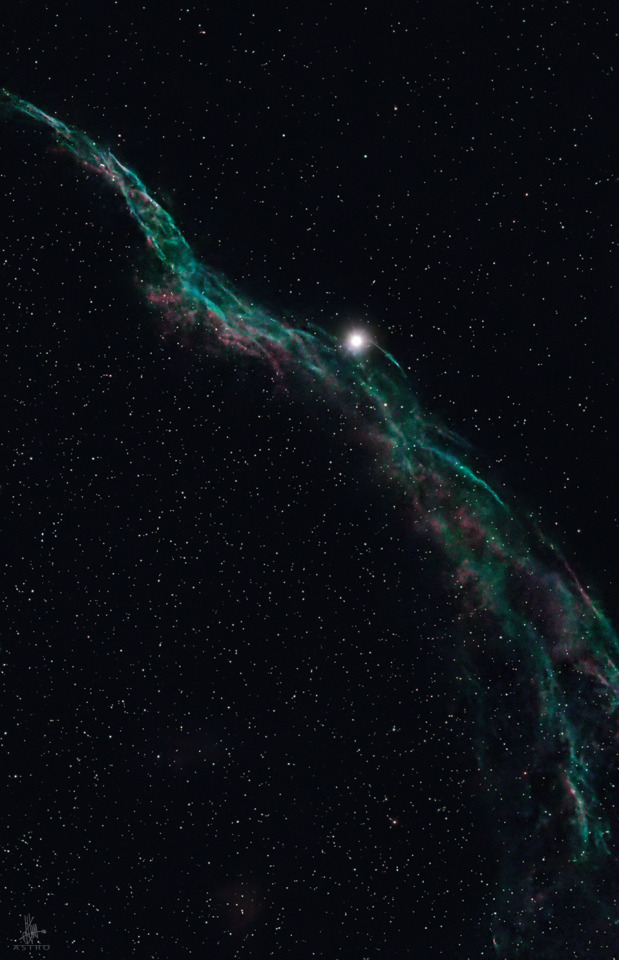
3. 522 notes - Sep 11 2024: The Butterfly Nebula, NGC 6302 // Alex Woronow
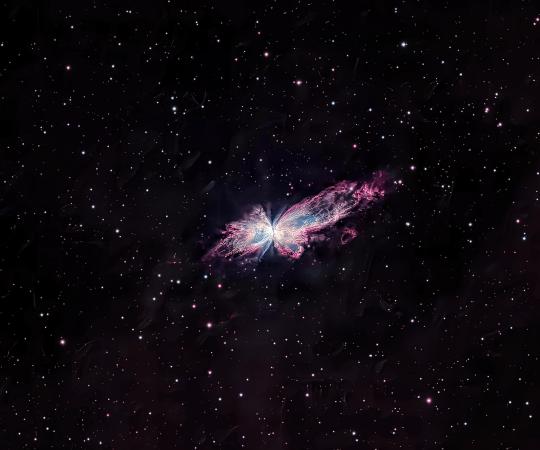
4. 464 notes - Jan 26 2024: The Milky Way and its red nebulae hanging over the Isaac Newton Telescope at La Palma // Jakob Sahner
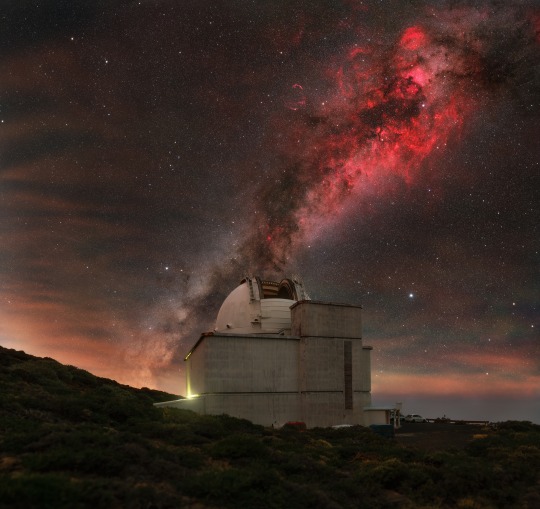
5. 453 notes - Feb 5 2024: The Dolphin Head Nebula, Sh2-308 // TRE
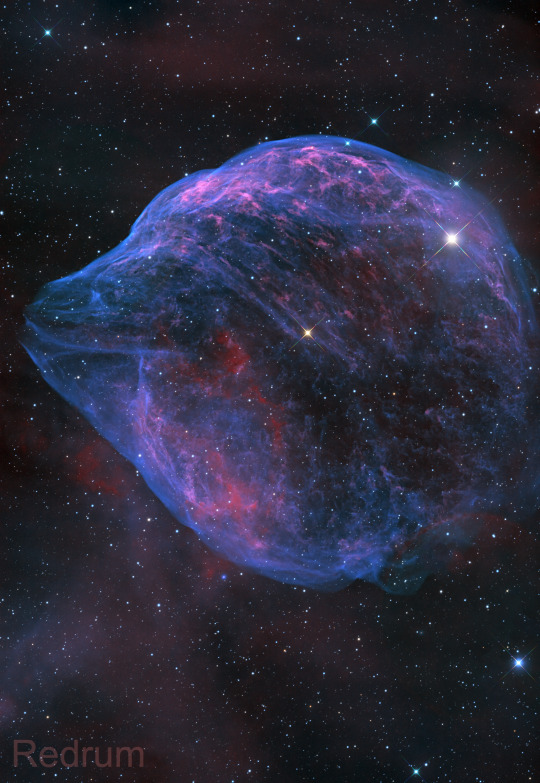
6. 410 notes - Jan 31 2024: The Geminids and Orion hanging over rural Quebec // rooftopastro.com

7. 391 notes - Jul 1 2024: An active region on the Sun on June 28, 2024 // 56altair
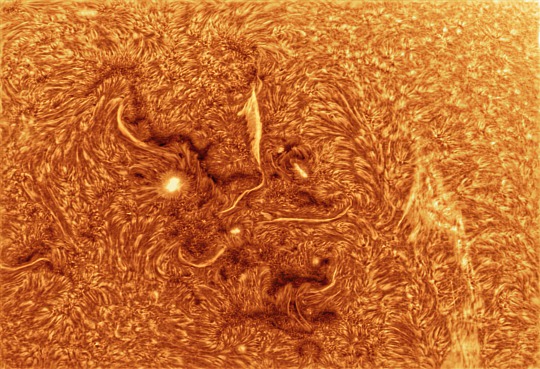
8. 387 notes - Apr 12 2024: The Sun’s corona during the April 8, 2024 solar eclipse // George Konkov

9. 369 notes - Dec 11 2024: A canopy of stars covering Stavronikita Monastery in Greece // Dimitrios
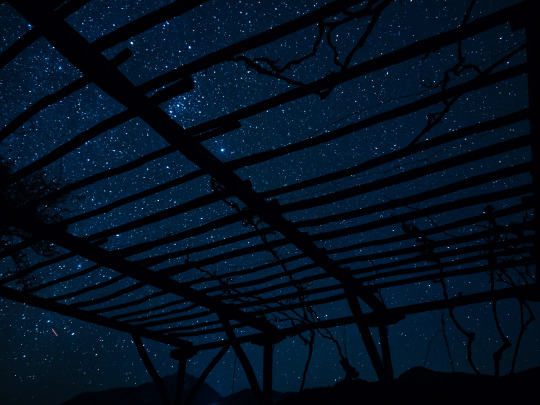
10. 362 notes - May 1 2024: LDN 673 // Arczik
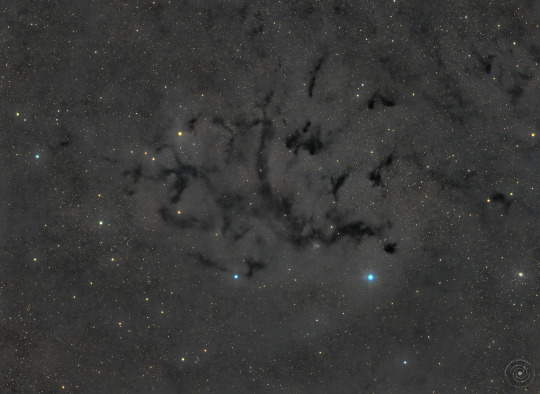
Created by TumblrTop10
48 notes
·
View notes
Text








ignoring the lack of black and white checkered stones and a giant maze around the building, the basic inspiration for Amberly’s lay out is the Stavronikita monastery at Mount Athos in Greece
10 notes
·
View notes
Text
Saints&Reading: Wednesday, August 7, 2024
july 25_augst 7
THE DORMITION OF RIGHTEOUS ANNA, MOTHER OF THE MOST HOLY MOTHER OF GOD
Saint Anna was the daughter of the priest Matthan and his wife Mary. She was of the tribe of Levi and the lineage of Aaron. According to Tradition, she died peacefully in Jerusalem at age 79, before the Annunciation to the Most Holy Theotokos.
During the reign of Saint Justinian the Emperor (527-565), a church was built in her honor at Deutera. Emperor Justinian II (685-695; 705-711) restored her church, since Saint Anna had appeared to his pregnant wife. It was at this time that her body and maphorion (veil) were transferred to Constantinople.
Portions of Saint Anna’s holy relics may be found on Mount Athos: Stavronikita Monastery (part of her left hand), Saint Anna’s Skete (part of her incorrupt left foot), Koutloumousiou Monastery (part of her incorrupt right foot). Fragments of her relics may also be found in her Monastery at Lygaria, Lamia, and in the Monastery of Saint John the Theologian at Sourota. Part of the saint’s incorrupt flesh is in the collection of Saints’ relics of the International Catholic Crusaders. The church of Saint Paul Outside the Walls in Rome has one of the saint’s wrists.
Saint Anna is also commemorated on September 9.
THE NUN EUPRAXIA OF TABENNA(393)

Eupraxia was the daughter of Antigonos, a high-ranking senator and relative of Emperor Theodosius the Great. Her parents were pious and gave generously to the poor. Eupraxia rejected the emperor's and his wife's plans for her to marry, and instead entered a desert convent as a child.
Eupraxia was known for her humility, meekness, and charity. She endured many hardships with patience, including carrying heavy stones for thirty days at a time and falling on a sharp splinter while carrying wood up a ladder. As a reward for her efforts, the Lord gave her the gift of wonderworking. Through her prayers, she healed a deaf and dumb child and freed a woman from demonic possession. People began bringing the sick to the monastery to be healed, and Eupraxia humbled herself even more, considering herself the least among the sisters.
When Eupraxia learned she was about to die, she thanked the Lord for his mercy and bid farewell to her daughter and the convent sisters. Her parting words were, "Love the Lord Jesus Christ, and respect the sisters. Never dare to think that they are below you and should serve you. Be poor in your thoughts in order to profit by spiritual treasures. Also remember your father and me, and pray for the salvation of our souls". She died in 393 and was buried at the monastery, where her daughter continued her ascetic practices.
The story of Eupraxia's life is told in the Vita, a 37-chapter text that is available in many languages. It is popular with monks and nuns, who consider it a manual for surviving monastic life and becoming a saint.


1 CORINTHIANS 7:12-24
12 But to the rest I, not the Lord, say: If any brother has a wife who does not believe, and she is willing to live with him, let him not divorce her. 13 And a woman who has a husband who does not believe, if he is willing to live with her, let her not divorce him. 14 For the unbelieving husband is sanctified by the wife, and the unbelieving wife is sanctified by the husband; otherwise your children would be unclean, but now they are holy. 15 But if the unbeliever departs, let him depart; a brother or a sister is not under bondage in such cases. But God has called us to peace. 16 For how do you know, O wife, whether you will save your husband? Or how do you know, O husband, whether you will save your wife? 17 But as God has distributed to each one, as the Lord has called each one, so let him walk. And so I ordain in all the churches. 18 Was anyone called while circumcised? Let him not become uncircumcised. Was anyone called while uncircumcised? Let him not be circumcised. 19 Circumcision is nothing and uncircumcision is nothing, but keeping the commandments of God is what matters. 20 Let each one remain in the same calling in which he was called. 21 Were you called while a slave? Do not be concerned about it; but if you can be made free, rather use it. 22 For he who is called in the Lord while a slave is the Lord's freedman. Likewise he who is called while free is Christ's slave. 23 You were bought at a price; do not become slaves of men. 24 Brethren, let each one remain with God in that state in which he was called.
LUKE 8:16-21
16 No one, when he has lit a lamp, covers it with a vessel or puts it under a bed, but sets it on a lampstand, that those who enter may see the light. 17 For nothing is secret that will not be revealed, nor anything hidden that will not be known and come to light. 18 Therefore take heed how you hear. For whoever has, to him more will be given; and whoever does not have, even what he seems to have will be taken from him. 19 Then His mother and brothers came to Him, and could not approach Him because of the crowd. 20 And it was told Him by some, who said, "Your mother and Your brothers are standing outside, desiring to see You." 21 But He answered and said to them, "My mother and My brothers are these who hear the word of God and do it."
#orthodoxy#orthodoxchristianity#easternorthodoxchurch#originofchristianity#spirituality#holyscriptures#gospel#bible#wisdom#faith#monasticism
1 note
·
View note
Text

Holy and Great Friday. The Lord walks to His suffering. Fresco in Stavronikita Monastery, Mt. Athos. [OrthoChristian.com]
5 notes
·
View notes
Photo

Stavronikita Monastery, Athos Mountain, Macedonia, Greece
16 notes
·
View notes